Home/Curriculum resources/Learning about Country/Place/Case Study 4: The Torres Strait Islander Seascape
Learning Areas:
English, Humanities and Social Sciences, The Arts
Year levels:
Level 3, Level 4
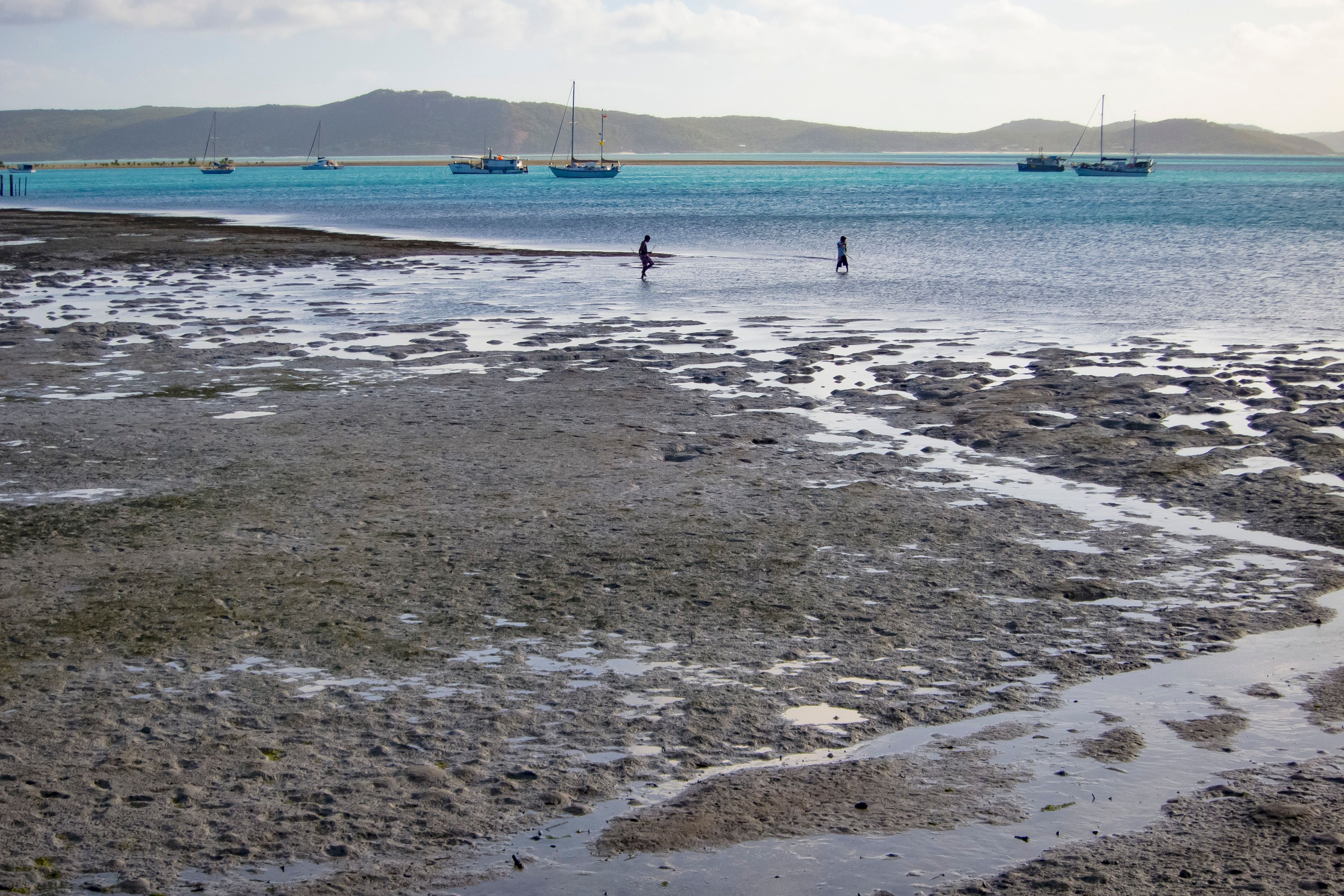
Case Study 4: The Torres Strait Islander Seascape
This case study is a part of the Learning about Country/Place resource.
Seascape with anchoring yachts. Thursday Island (Waiben), Torres Strait Islands. Photographer: Uwe Moser. Source: Getty Images. Used under licence.

Case Study 4: The Torres Strait Islander Seascape
Torres Strait Islander Peoples (Ailan pipel) have a deep cultural and natural connection to the seascape that surrounds the hundreds of islands that make up the Torres Strait 0 . They are a marine-orientated and sea-faring people known for their sea craft and knowledge of the sea. Torres Strait Islander Peoples use a wide range of cues and strategies formed over generations of cultural transmission to thrive within the environment drawing upon the flora, fauna, winds, tides, clouds, constellations and phases of the moon. Although often mentioned together as Aboriginal and Torres Strait Islander Peoples, Torres Strait Islanders are a distinct group with their own unique origins, histories, and way of life.
Prior to colonisation the label ‘Torres Strait Islands’ did not exist, though the cultural interaction, trade and intermingling between these islands can be seen across multiple layers of culture, including shared words, songs, stories and traditions – including Tagai. This cultural connection was established within law by Eddie Koiki Mabo’s 1982 Mabo V Queensland decision and has continued to be discovered and shared through ongoing scholarship.
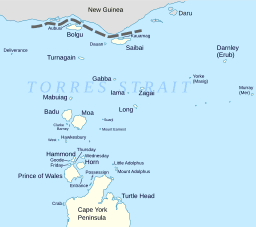
Figure 1: Torres Strait Islands map. Creator: Hogweard. Source: Wikimedia Commons. Used under licence: Public Domain
This table outlines the Torres Strait Islander names for islands and the Western names given to them and can be useful in helping students to locate specific islands with dual names 0 .
Torres Strait Island name | Western name |
Badu Boigu Dauan Erub Keriri Mabuiag Masig Mer Moa Muralag Ngarupai Puruma Saibai Ugar Waiben Waraber Yam | Mulgrave Island Talbot Mt Cornwallis Island Darnley Hammond Island Jervis Yorke Island Murray Banks Island Prince of Wales Island Horn Island Coconut Saibai Island Stephens Thursday Island Sue Island Turtle-Backed Island |
Islander culture stretches back nearly 8,000 years, when rising sea levels flooded the land bridge between Australia and Papua New Guinea at the end of the last Ice Age. As a land and sea-based people, Torres Strait Islanders do not differentiate between land and sea but rather see them in close reciprocal relationship, both the ocean and the land that rises above it.
The ocean serves as a:
source of meaning both cosmological, historical and contemporary
means of orientation (not only practically, but also cosmologically, socially and existentially in time and place over thousands of years)
way of connecting them to others across the sea
site of creation stories
signifier of their uniqueness as Islanders
source of nourishment
place to socialise and share knowledge
place for play, leisure and quiet contemplation 0 .
What are the Torres Strait Islands?
Torres Strait Islanders (Ailan pipel) are a Melanesian sea-faring people whose traditional country comprises 48,000 square kilometres of shallow waters and more than 250 islands of differing geological formation, of which 14 are inhabited. Named by Luiz Vaz de Torres who sailed through the region strait in 1606, some consider the traditional name Zenadth Kes being more appropriate, an amalgamation of Torres Strait language names for the four winds that pass through the region 0 . Islanders in the northern and eastern island groups are primarily farmers. Those in the western groups rely heavily on hunting and fishing, and those in the central group rely mostly on trade with the other island groups.
Culturally, the islands are divided into five groups, represented by the five-pointed star on the Torres Strait Islander flag:
Top Western Group (Boigu, Dauan and Saibai)
Near Western Group (Badu, Mabuiag and Moa)
Central Group (Yam, Warraber, Coconut and Masig)
Eastern Group (Murray, Darnley and Stephen)
Thursday Island (TI) Group (Thursday, Horn, Hammond, Prince of Wales and Friday) 0 .
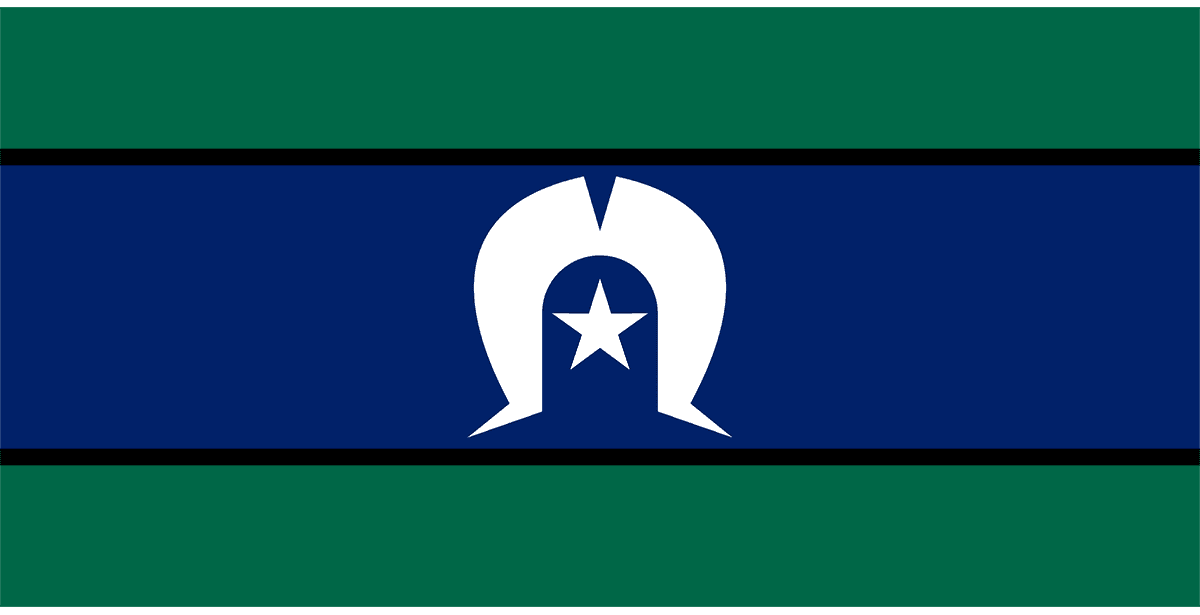
Figure 2: The Torres Strait Islander Flag. Designer: the late Mr Bernard Namok. Used with permission.
Each nation has its own name:
Saibailgal (Top Western Islanders)
Maluilgal (Mid-Western Islanders)
Kaurareg (Lower Western Islanders)
Kulkalgal (Central Islanders)
Meriam Le (Eastern Islanders) 0 .
What languages do Torres Strait Islanders speak?
There are three distinct language groups:
Meriam Mir, part of the Papuan language family, is spoken in the eastern islands.
Kala Lagaw Ya, part of the Australian language family, is spoken in the western, central, and northern islands.
And a ‘Creole’ (which means a mother tongue in contact with a European language, often through colonial activity) known as Ailan Tok or Yumplatok which began as a pidgin language (a simple language used for communication between two groups without a shared language and is now its own distinct language).
The Torres Strait Islanders maintain a connection to home, even when they have moved to the ‘mainland’ 0 , known as Ged or Lag, which translates to 'home' in Meriam Mir and Kalaw La aw Ya, the two main dialects of Zenadth Kes 0 .

Related case studies within this resources:
Case Study 1: Martuwarra / Mardoowarra (Fitzroy River)
The Martuwarra / Mardoowarra (Fitzroy River) is an illustration of connection to Country for multiple Aboriginal groups.
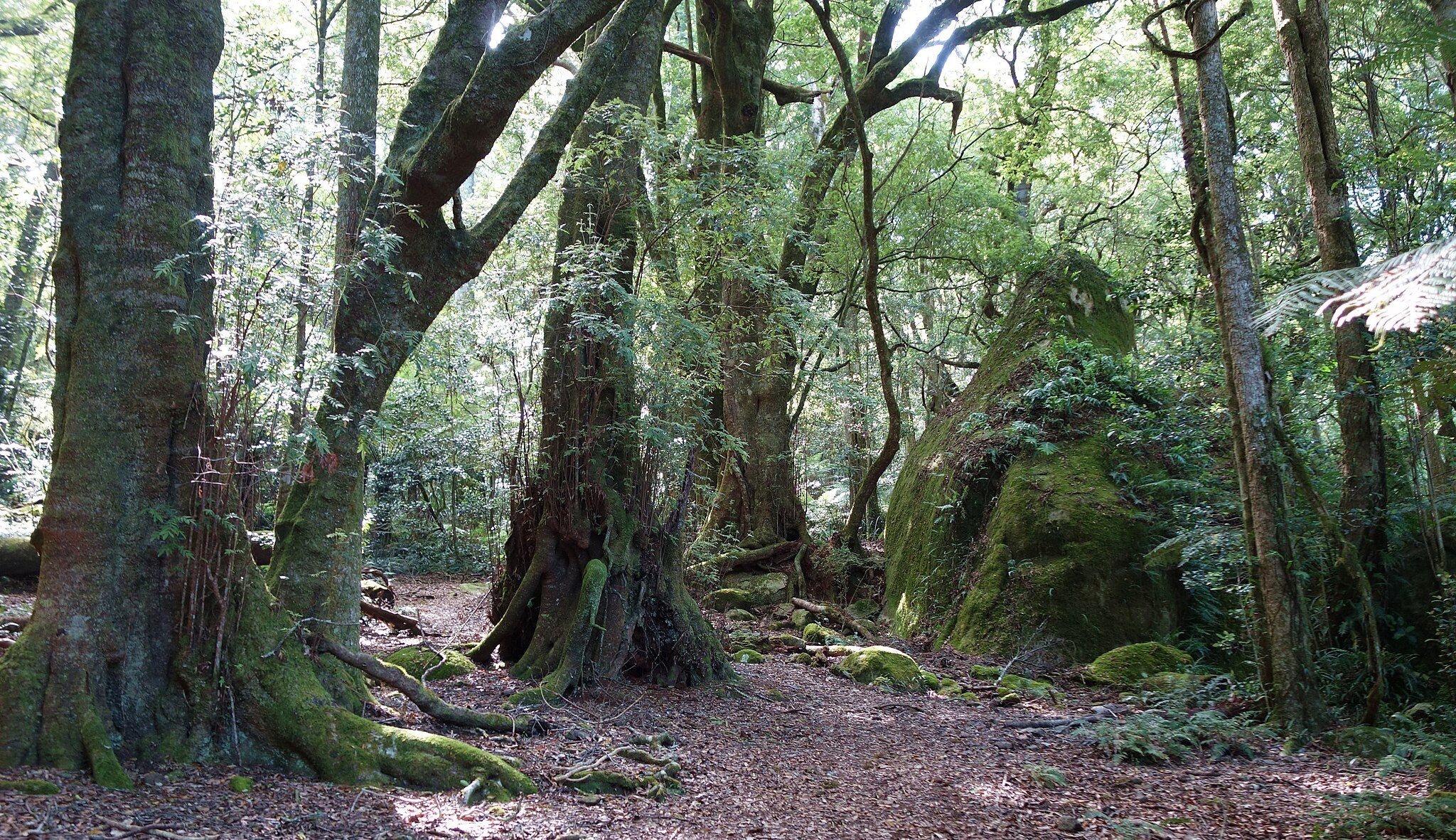
Case Study 2: Gulaga Mountain (Mount Dromadery)
Gulaga Mountain (Mount Dromadery) is an illustration of connection to Country for the Yuin people.
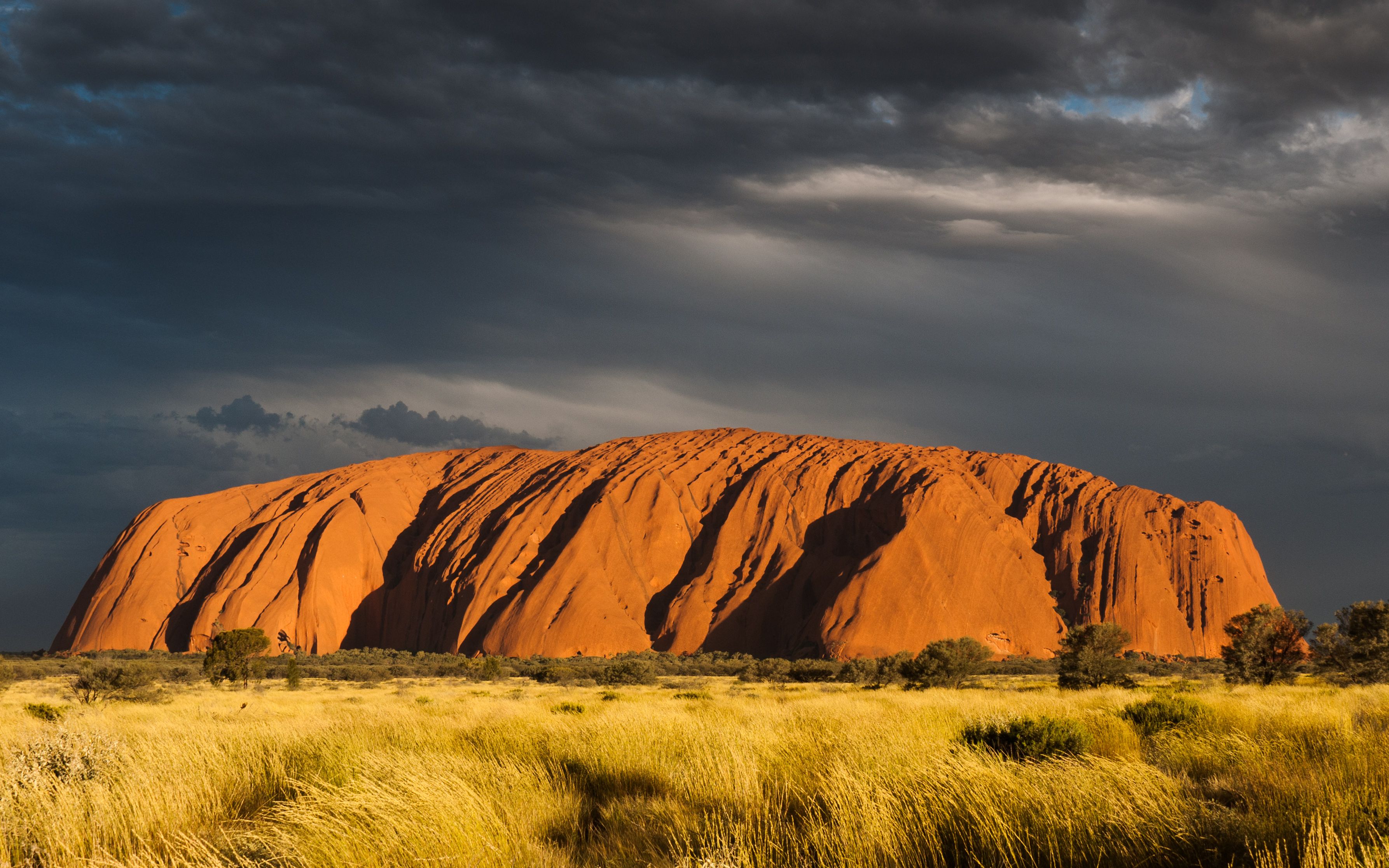
Case Study 3: Uluru
Uluru is an illustration of connection to Country and the ways that maintaining and claiming this connection can be challenging.